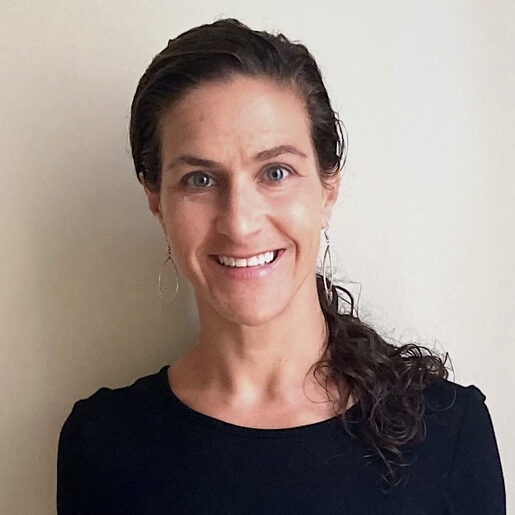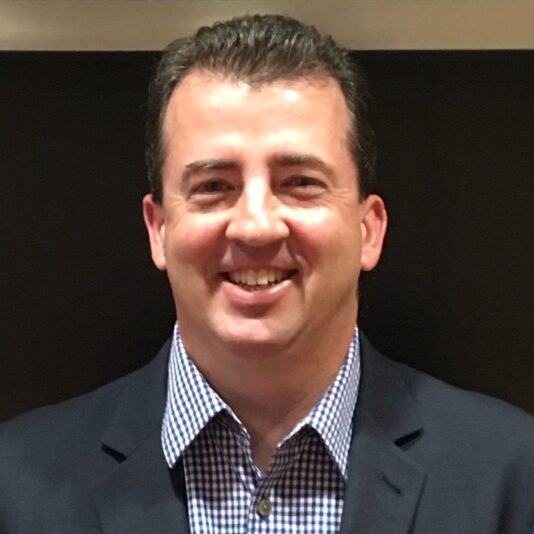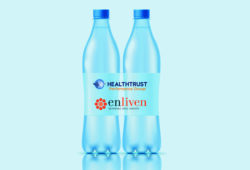Safeguarding systems from the impact of corrosion, deposits & bacterial growth
While the U.S. has one of the safest supplies of drinking water in the world, the Centers for Disease Control and Prevention (CDC) indicates that approximately 7.2 million Americans get sick from diseases spread through water each year. Even the water used for cooling high-rise buildings can cause illness.
The estimated cost to fight infectious disease from waterborne pathogens in the U.S. is $2.39 billion annually.
While the country has made some progress in preventing waterborne disease over the last century, these new estimates provide a better understanding of the size and scope of the issue.
Water conservation and waste reduction efforts have been on the radar for many health systems concerned with improving their environmental impact. However, water treatment initiatives should be added to the list of priorities.

“Neglecting to treat or the improper treatment of water and related equipment can impact the health, safety and comfort of patients and employees,” says Tyler Anderson, Supplemental Disinfection Market Manager with Chem-Aqua, Inc. “In addition to providing comfortable temperatures, healthcare organizations need to ensure their facilities’ cooling towers, chillers and boilers are operating efficiently to both comply with regulations (health, safety and environmental) and keep the systems free from the impact of corrosion, deposits and microbiological growth,” he explains.
The burden of waterborne disease
New waterborne disease challenges have emerged from aging infrastructure, chlorine-tolerant and biofilm-related pathogens, and increased recreational water use. CDC research indicates that most hospitalizations and deaths related to infectious waterborne diseases were caused by biofilm-associated pathogens (nontuberculous mycobacteria, Pseudomonas and Legionella).
In its water management toolkit, the CDC defines Legionnaires’ disease as a serious type of pneumonia caused by Legionella bacteria that live in water. Legionnaires’ disease is on the rise in the United States, with reported cases increasing by nearly four and a half times since 2000. People can become sick from inhaling contaminated water droplets from building water systems that are not adequately maintained.

Healthcare facilities often serve populations at the highest risk for Legionnaires’ disease, including the elderly or people who have certain risk factors, such as those with chronic conditions, weakened immune systems and current or former smokers. These facilities may also have large complex water systems that promote Legionella growth if they are not properly maintained.
Water treatment supplier Nalco Water, an Ecolab Company, published “Hospital Water: An Overlooked and Controllable Source of Healthcare-Associated Infections,” an online paper summarizing scientific literature that supports a programmatic approach to reduce the risk of healthcare-associated infections due to pathogens from water systems.
Help is available

“Healthcare facilities can benefit from a water management program to reduce the risk for Legionnaires’ disease associated with the buildings’ water systems and devices,” says Lauren Nicholson, Corporate Account Manager with Barclay Water Management, Inc. These programs help to pinpoint those areas or devices within a facility where Legionella might grow or spread to people so the risk can be reduced or mitigated. Legionella water management programs are now an industry standard for large buildings in the United States, with special considerations for healthcare facilities.
Comprehensive water management services from HealthTrust-contracted suppliers support healthcare facilities in mitigating the risk of waterborne pathogens and safeguarding equipment in the water treatment process.

“Teams from these organizations are experts in guiding healthcare facilities in all aspects of developing, documenting and implementing water treatment plans through comprehensive onsite analysis, consulting and monitoring,” shares Lucy Madura, HealthTrust’s Director of Strategic Sourcing Commercial Products, Facilities. “These suppliers have programs to protect your critical water systems, promote safe and reliable equipment operation, and reduce the total cost of operations,” she adds.

“Having an effective and comprehensive water management program in place for minimizing the potential for Legionella, Mycobacteria and other waterborne pathogens is critical to helping facilities identify risks and create plans for mitigating future outbreaks. Water treatment suppliers can assist with developing treatment programs consistent with guidelines from CTI (Cooling Technology Institute) and ASHRAE (American Society of Heating, Refrigerating and Air-Conditioning Engineers) and supporting facilities through offerings such as cooling tower cleanings and other mitigation efforts,” says Chris Connolly, Corporate Account Manager for the Commercial and Institutional Group with ChemTreat, Inc.

“With recent Legionella outbreaks being linked directly to cooling towers, it’s essential that you understand the ‘what’ and ‘how’ in reducing risk for Legionella in a cooling tower,” shares Eric Myers, a Senior Technical Consultant with Institutional Water Safety Services, an independent business group of Nalco Water. “Whether it’s understanding regulations in the state of New York or industry-accepted best practices, companies like Nalco can help you develop the right solution to achieve compliance and manage operational risk.”
Hospitals looking for tools to minimize Legionella bacteria in their drinking water systems need to know about supplemental disinfection, the permitting process, ongoing regulatory testing and reporting. Healthcare facilities routinely install effective supplemental disinfection on their incoming water for waterborne pathogen control. This strategy often comes with permitting and compliance requirements per state and federal agencies, including the Environmental Protection Agency (EPA).

“Maintaining and operating a healthy and disease-free water system goes beyond the regular application of chemicals,” explains Mike Dodson, CHFM, Director of Garratt-Callahan’s Water Safety Group, who is ASSE (American Society of Inspectors of Plumbing and Sanitary Engineers) 12080 Certified in Legionella Water Safety & Management. “Knowing a system is safe and thinking a system is safe are two very different circumstances. The ASSE has created a certification program that clearly defines a new standard, and we have more than 200 ASSE 12080 Certified team members who can assist healthcare facilities in the implementation of an ASHRAE 188-2018 water management program,” he adds.
For more information, contact your HealthTrust Account Manager or visit legacymembers.healthtrustpg.com/portfolio/fis
Share Email Facilities Management, Infection Prevention, On-contract service, Operations, Q1 2024





